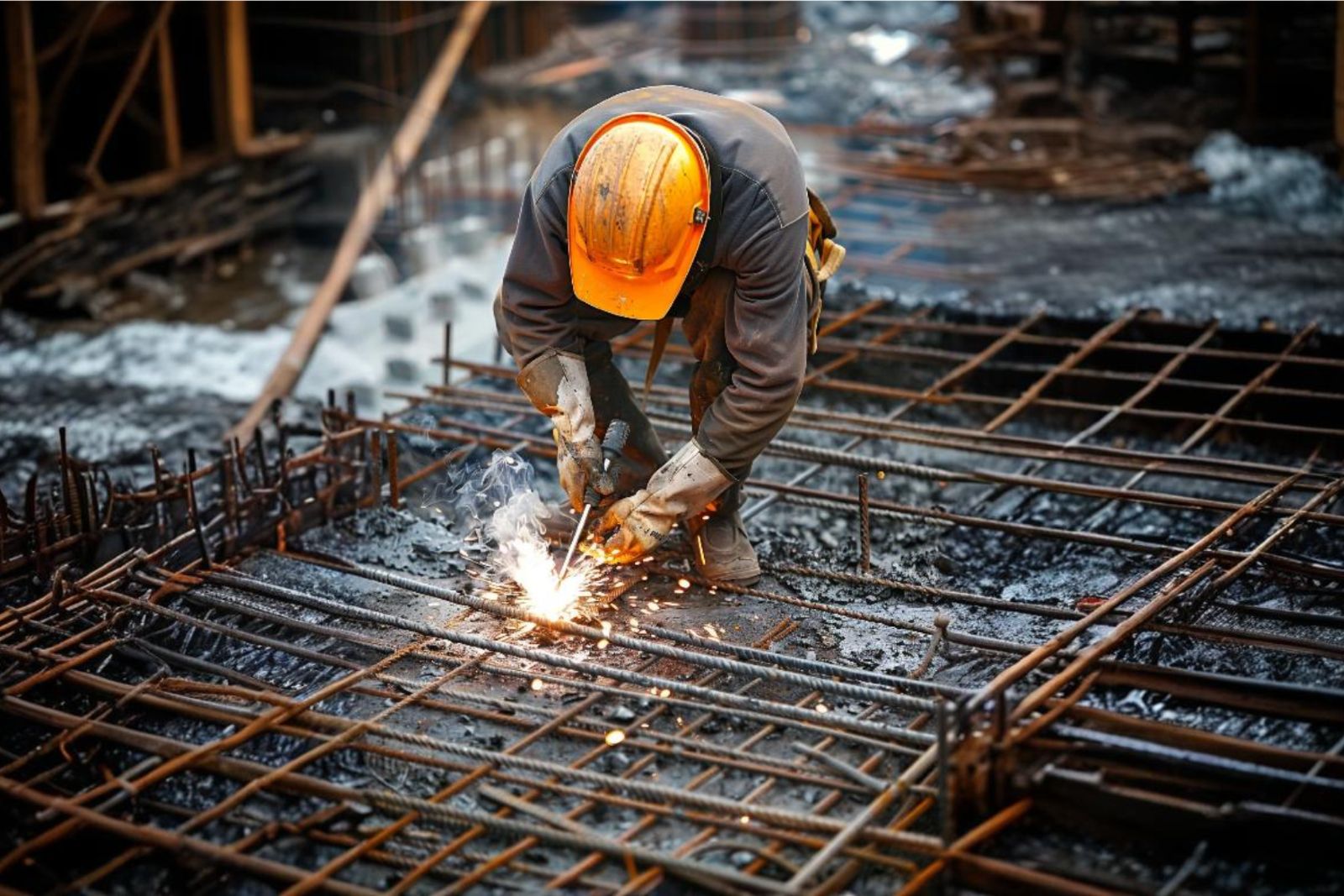
When thinking about construction site injuries, cuts, falls, or heavy lifting are often the things that first come to mind. Yet, burn injuries are also a critical concern as thousands of construction workers face burn risks every year.
In our latest ‘focus on safety’ blog, we’ll explore the common causes of burn injuries, what to do in the event of a burn and outline what can be done to reduce the risk.
Preventable but prevalent
Despite being easily preventable, burns or scalds are still common injuries in the workplace. The Labour Force Survey conducted by the UK Office for National Statistics shows that for every 100,000 workers, 83 suffer from non-fatal burns or scalds. Although not all of those are in the construction industry, there are several factors which can put workers on construction sites at higher risk than many other sectors.
In the event of a burn or scald, prompt and effective action is essential. From understanding the types of burns specific to construction sites to mastering quick-response techniques, every construction worker and site manager needs to be in the know.
Common causes of burns
In construction, burns may come from various sources, each requiring different preventive measures and first-aid responses.
1. Chemical burns
Chemical burns are a major concern which can arise from working with corrosive substances such as concrete mixes, adhesives, solvents, cleaning agents and acids. These burns can cause serious skin and eye damage, usually occurring in cases where proper personal protective equipment (PPE), like gloves, goggles and aprons, isn’t used.
2. Thermal burns
Thermal burns are caused by contact with hot surfaces, flames or steam, which are common risks when workers are undertaking tasks like welding and grinding or when operating near generators and heating elements.
3. Electrical burns
Electrical burns are a risk where exposed wiring or faulty electrical equipment is present and also in cases when safety measures around the handling of tools/ machinery are not adhered to. These burns occur internally, often causing severe damage before visible symptoms appear.
Immediate First Aid for burns
Knowing what to do immediately after a burn can prevent a minor injury from becoming a major issue. To respond quickly, use this easy-to-remember C A L M approach:
C – Cool the burn: As soon as possible, place the affected area under cool running water. This will help dissipate the heat and reduce further skin damage.
A – Avoid ice: While it may be tempting, never apply ice directly to a burn; it can cause tissue damage and worsen the injury.
L – Leave blisters intact: Blisters that form after a burn will protect the underlying tissue, so avoid popping them. Instead, gently cover the area with a loose, sterile gauze to protect against infection.
M – Medical Help: For burns that cause swelling, blisters or significant redness, seek professional medical attention. Burns from chemicals, electrical currents or open flames often fall into the major category and should always be evaluated by a healthcare provider.
Preventative measures for burn safety
The key to reducing burn injuries is prevention and that starts with effective training for all site workers. Training should cover the key risks like handling chemicals, electrical safety and managing hot surfaces. It’s also important to ensure training is tailored to specific job roles and is an ongoing process that will address any new risks as they arise.
Enforcing PPE compliance is another key factor in preventing burns. Ensure all workers wear and maintain appropriate and well-fitting PPE for their tasks. This includes heat-resistant gloves, goggles, flame-resistant clothing, non-slip footwear and face shields when necessary.
Another preventative measure is to ensure there are standardised protocols in place for things like safely handling and storing hazardous materials, maintaining hot equipment, de-energising electrical circuits and high-risk tasks like welding, grinding or working near chemicals.
Finally, the risk of accidental burns can be minimised by regularly inspecting and maintaining all equipment that’s used on site, especially electrical devices and any tools that generate heat.
Burn protection is everyone’s responsibility
Burns can have serious, long-lasting effects on a person’s health and ability to work. By understanding the risks, following safety protocols and responding swiftly when burns occur, construction sites can become safer places for everyone involved. Prioritising burn prevention and response isn’t just about meeting safety standards—it’s about creating a work environment where workers feel protected and valued.
If you have any advice on preventing or dealing with burns, share them now by commenting over on our Facebook or LinkedIn pages.
11.11.2024
Feature image: Freepik








